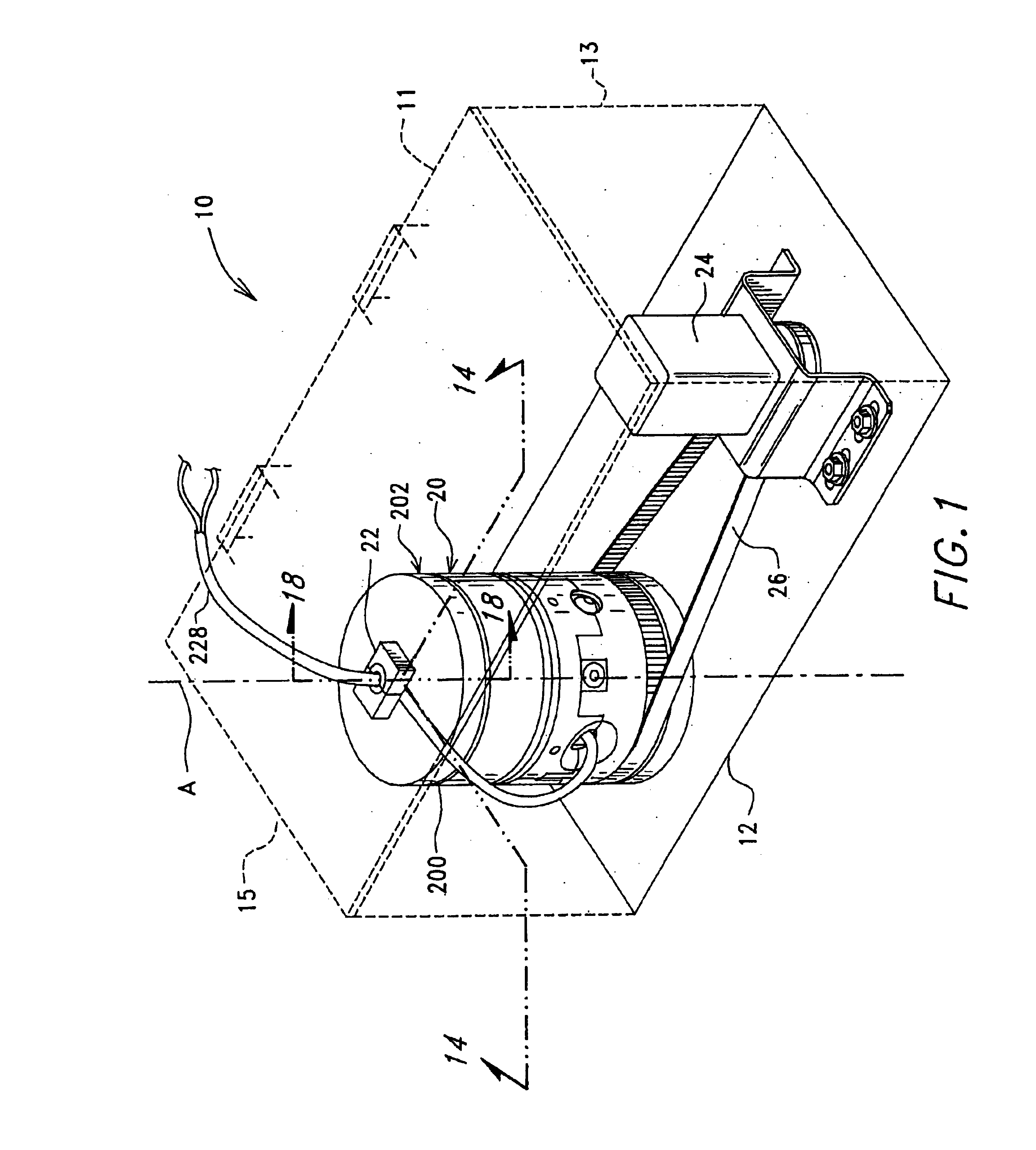Method for the production of a blood component composition
a blood component and composition technology, applied in the direction of centrifugal force sediment separation, other blood circulation devices, other medical devices, etc., can solve the problems of large extracorporeal volume (i.e., the amount of blood that is out of the donor at any given time during the process), difficult or impossible to use discontinuous systems on people, and difficult to control the hematocrit of the final produ
- Summary
- Abstract
- Description
- Claims
- Application Information
AI Technical Summary
Benefits of technology
Problems solved by technology
Method used
Image
Examples
example 1
Preparation of Bioadhesive Sealant Composition Using Platelet Rich Plasma and Serum
[0286]6 cc's of platelet rich plasma are drawn into receiving chamber 961 and 3 cc's per PRP or PPP are drawn into receiving chamber 957 which further contains 0.33 cc's of 10% calcium chloride and glass wool. Clotting of the contents will occur in two to eight minutes in receiving chamber 957. The clot is then squeezed through optional filter 958 and the serum, produced therefrom, is added to the platelet rich plasma contained in receiving chamber 961 by either mixing or spraying the two components. The platelet rich plasma and the serum will gel within approximately three minutes.
[0287]The application of the gel using the syringe-type devices 902 as described above maybe less than desirable for may applications. Consequently, in an alternate embodiment the inactive blood component and thrombin can be mixed and / or injected into a mold having a desired geometric shape. The mold may be constructed of a...
PUM
| Property | Measurement | Unit |
|---|---|---|
| Composition | aaaaa | aaaaa |
| Plasma power | aaaaa | aaaaa |
Abstract
Description
Claims
Application Information
 Login to View More
Login to View More - R&D
- Intellectual Property
- Life Sciences
- Materials
- Tech Scout
- Unparalleled Data Quality
- Higher Quality Content
- 60% Fewer Hallucinations
Browse by: Latest US Patents, China's latest patents, Technical Efficacy Thesaurus, Application Domain, Technology Topic, Popular Technical Reports.
© 2025 PatSnap. All rights reserved.Legal|Privacy policy|Modern Slavery Act Transparency Statement|Sitemap|About US| Contact US: help@patsnap.com



